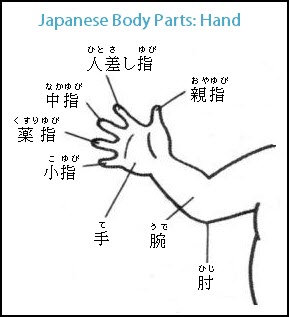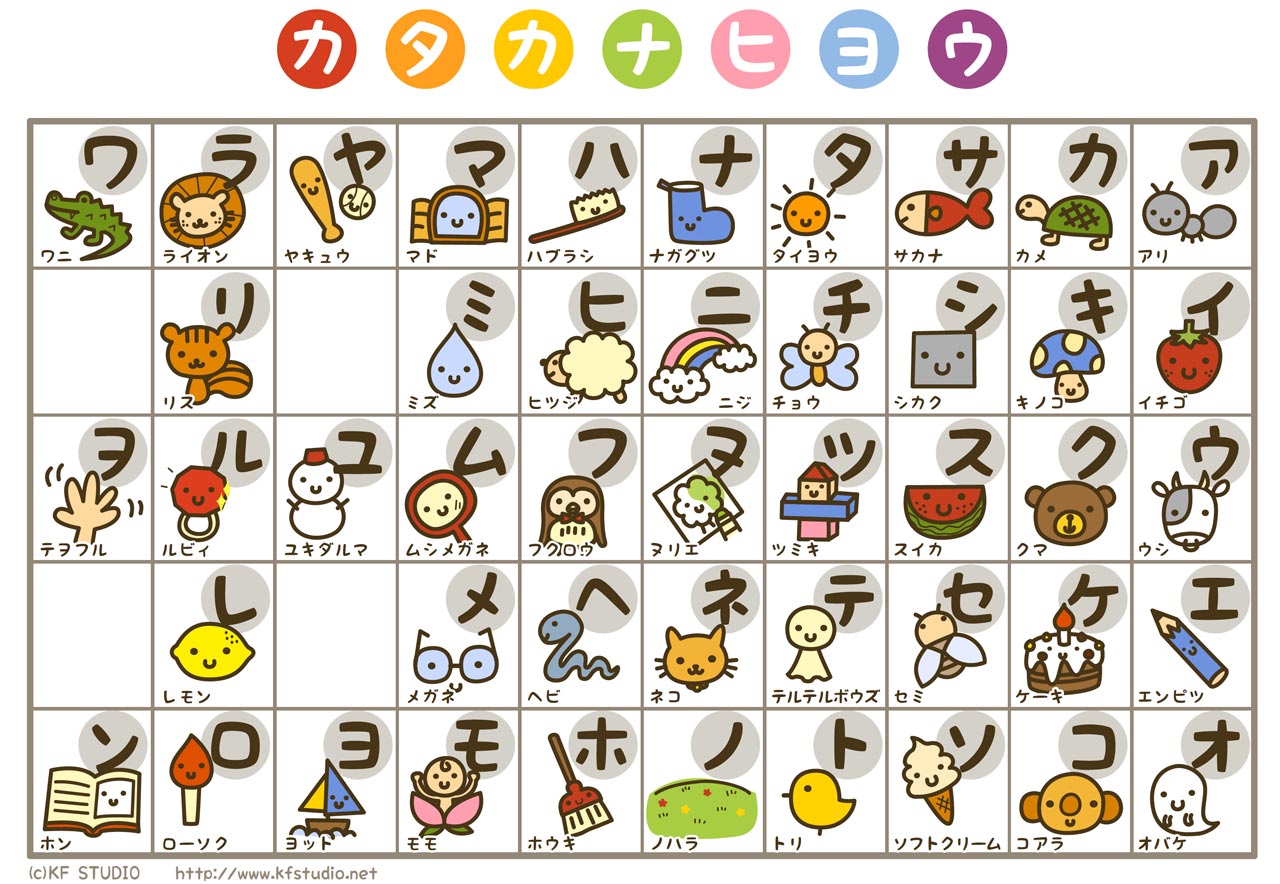Learning the hiragana alphabet is the very first step towards learning japanese! if japanese seems like a bunch of crazy squiggles you will never be able to read, don’t fret! learning hiragana can be very easy with a few simple tools. one of the first things to learn is that the hiragana alphabet is actually a syllabary.. Basic hiragana chart and additionals. the hiragana chart below shows the 46 basic characters together with their romaji. the 5 in the first row are the vowels. combined with the vowels, the rest of the rows formed the remaining hiragana. the only exception is the singular consonant ん (n).. Let's learn japanese characters, hiragana katakana online. japanese language uses three characters, hiragana, katakana and kanji. kanji came from china in the 5th to the 6th centuries. then later hiragana and katakana evolved to represent "readings" in japanese.. kanji represent forms of something or situation and each of them represent meaning. on the other hand, hiragana and katakana are.
By learning hiragana, you will learn the basics of japanese pronunciation. it will also open doors in terms of the japanese resources you can use. there are no (good) japanese textbooks or learning resources that don't require you to know hiragana. in essence, it's the first step to learn japanese.. The table below represents the entire hiragana syllabary categorized by the consonant and vowel sounds. with the exception of a few sounds (as shown by the pronunciation in parentheses), most sounds in japanese are easily represented by a vowel or consonant-vowel. there is also one consonant-only sound: 〜ん」.. Below you will find the hiragana chart. read the characters in the table from left to right. the first thing to do is to learn the characters ‘a’ ‘i’ ‘u’ ‘e’ and ‘o’ as these are the building blocks for many of the other characters..

